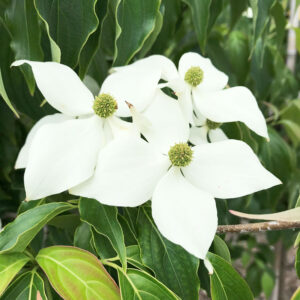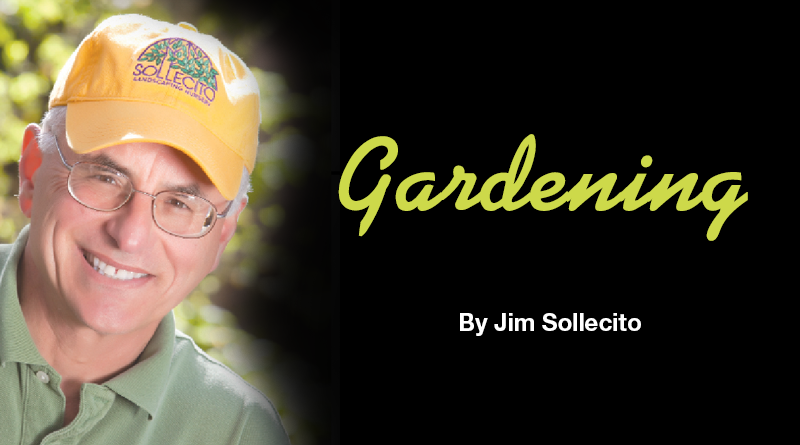Deliciously Delightful
By Jim Sollecito

I never saw either of my grandmothers dance. But, watching them cook was like a dance in the kitchen.
The music was provided by the sound of an old gas stove firing up followed by the fry pan crackling. The hurried sound of the fridge quickly opening and closing lest the cold escape. And the applause at the end was the sound of an appreciative, well-fed family.
Although most of those meals were consumed in an hour or less, those memories live on in my senses. I was not concerned with saturated fat. And let’s not even think about the sugar in liberal pours of Nehi, Fanta or Royal Crown soda.
Those priceless recollections are best preserved in my memory bank where the interest alone is worth the price of the calories.
That being said, when it comes to plants around our homes, our hearts need to make room for practical assessments.
Everything has a life span, and once a plant has given all it can, it is time to replace it. You simply cannot put the toothpaste back in the tube. Plus, the current menu offers stronger, longer-lasting, lower-maintenance, more colorful varieties.
However, no one says “I can’t wait to plant a landscape so I can pull weeds.” So, here’s where the science comes in. Start with a clean site by first removing unwanted grass and weeds. Weed-free from the get-go is paramount for lower maintenance.
Then add the correct amount of organic composted material to the appropriately shaped, well-sized hole, assuring the plant is set at the correct height. Remember this mantra: “Plant them high, they don’t die. Plant them low, they won’t grow.” Next, the planting process is absolutely, positively not complete until you apply 100% bark mulch 3” thick.
Here’s where people think that mulch is just frosting on the cake. It is not merely cosmetic. Insufficient mulch depth allows increased sun exposure and contributes to a robust weed genesis.
Sufficient bark mulch also helps the soil retain valuable moisture for the plants you want to flourish. And if you use the right bark mulch, you’ll get five times the roots. Which means five times the shoots, which will add more shade to prevent more weeds.
Get my point?
In every way, the proper bark mulch applied correctly will enhance the vigor of your plantings with less work. Fewer weeds. Less weeding. More gratification. Bigger smiles.
And when it’s time to design new plants into the landscape, don’t focus solely on spring. Our growing season extends through November so include flowers that bloom summer through fall and incorporate other seasonal changes. Personally, I want to revel in everything my landscape has to offer when I arrive home at the end of every workday. Flowers, foliage, fruit and bark appeal to all my senses.
Sometimes you can get what you want. One of my very favorite small trees is kousa dogwood, pictured here. The form is artistic; the foliage clean and glossy; the June flowers exceptional; with pretty, edible fruits; and the fall color is exciting. This is just one of the many possibilities that checks all the boxes. It’s easy. Find a spot that needs help; then plant something that tantalizes all your senses and is deliciously delightful.
Jim Sollecito is the first lifetime senior certified landscape professional in New York State. He operates Sollecito Landscaping Nursery in Syracuse. Contact him at 315-468-1142 or jim@sollecito.com.

